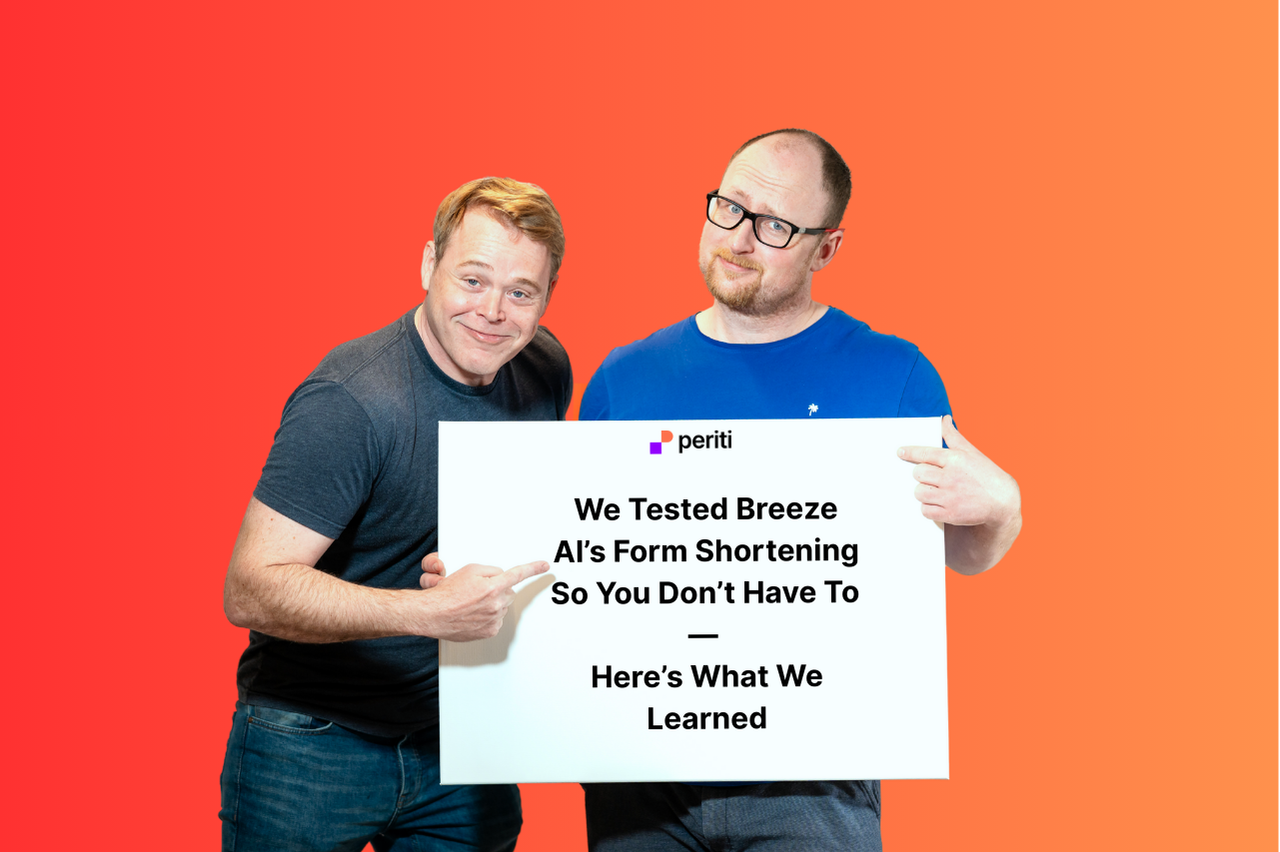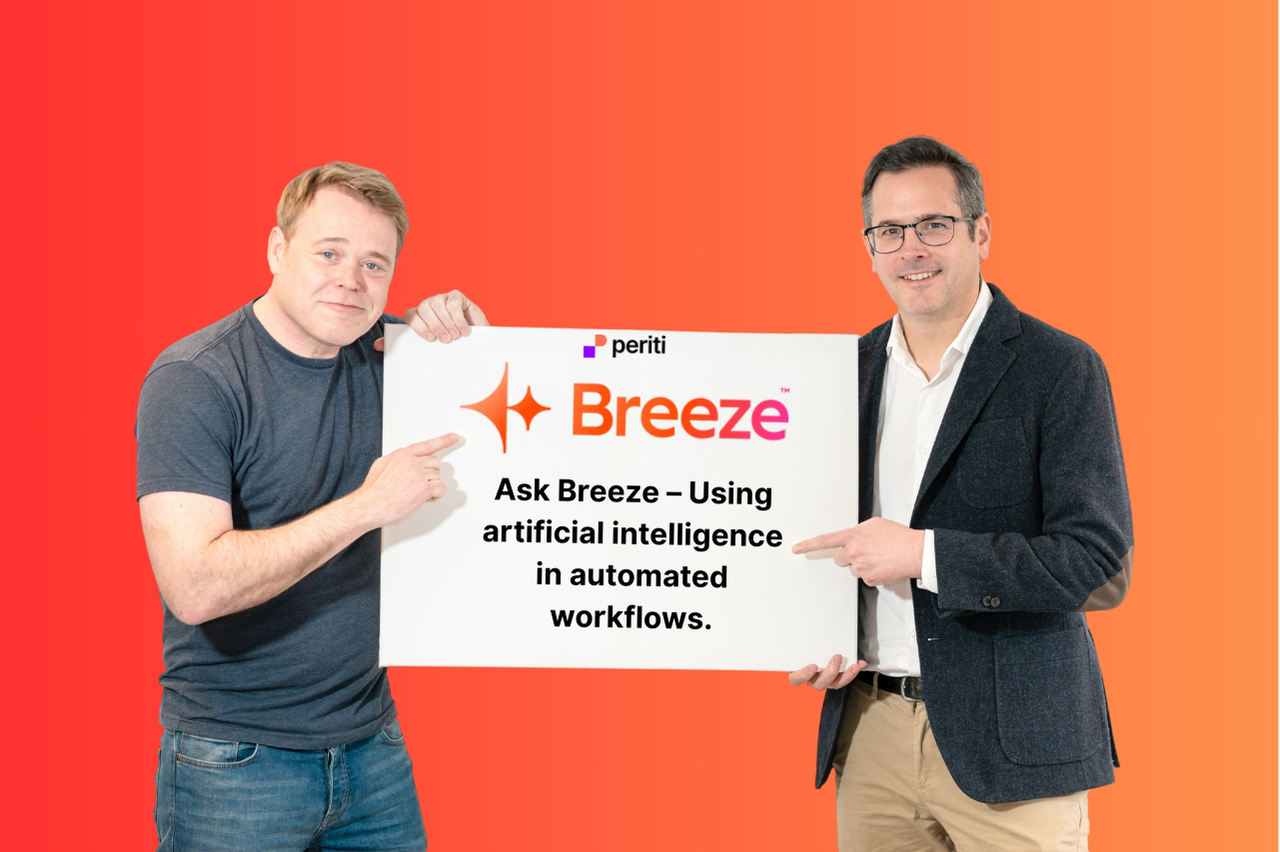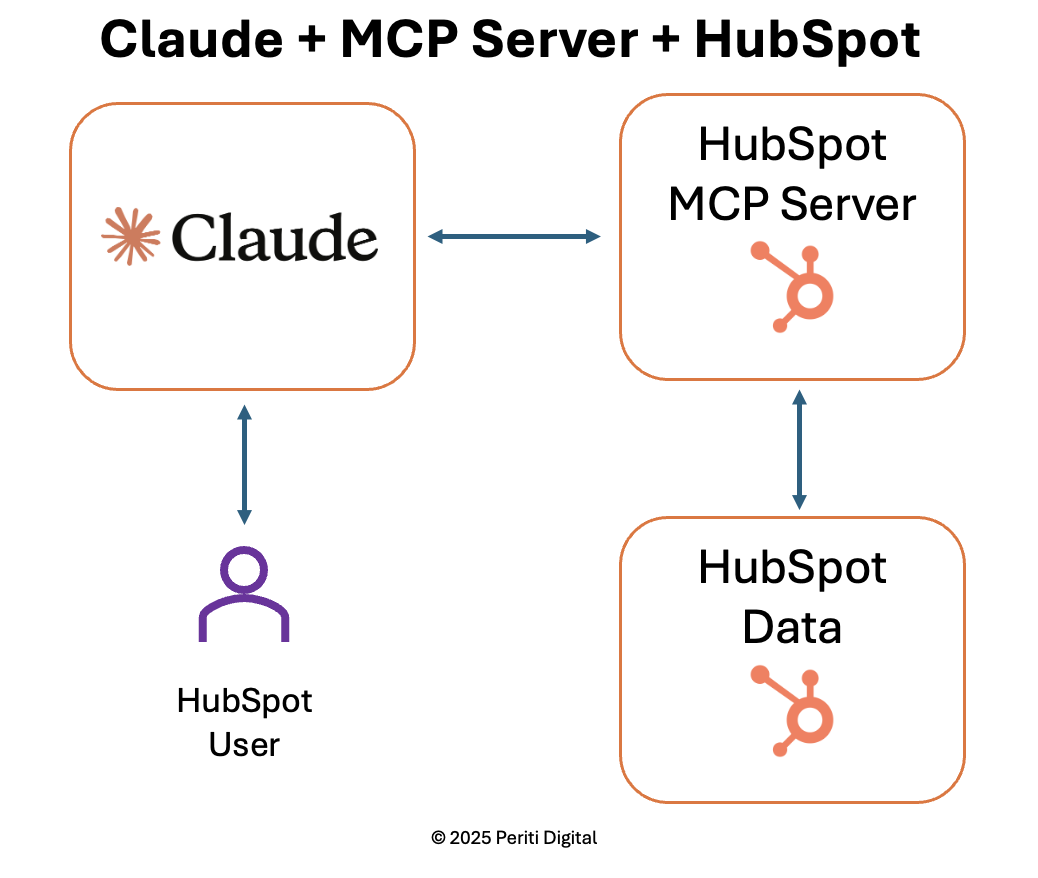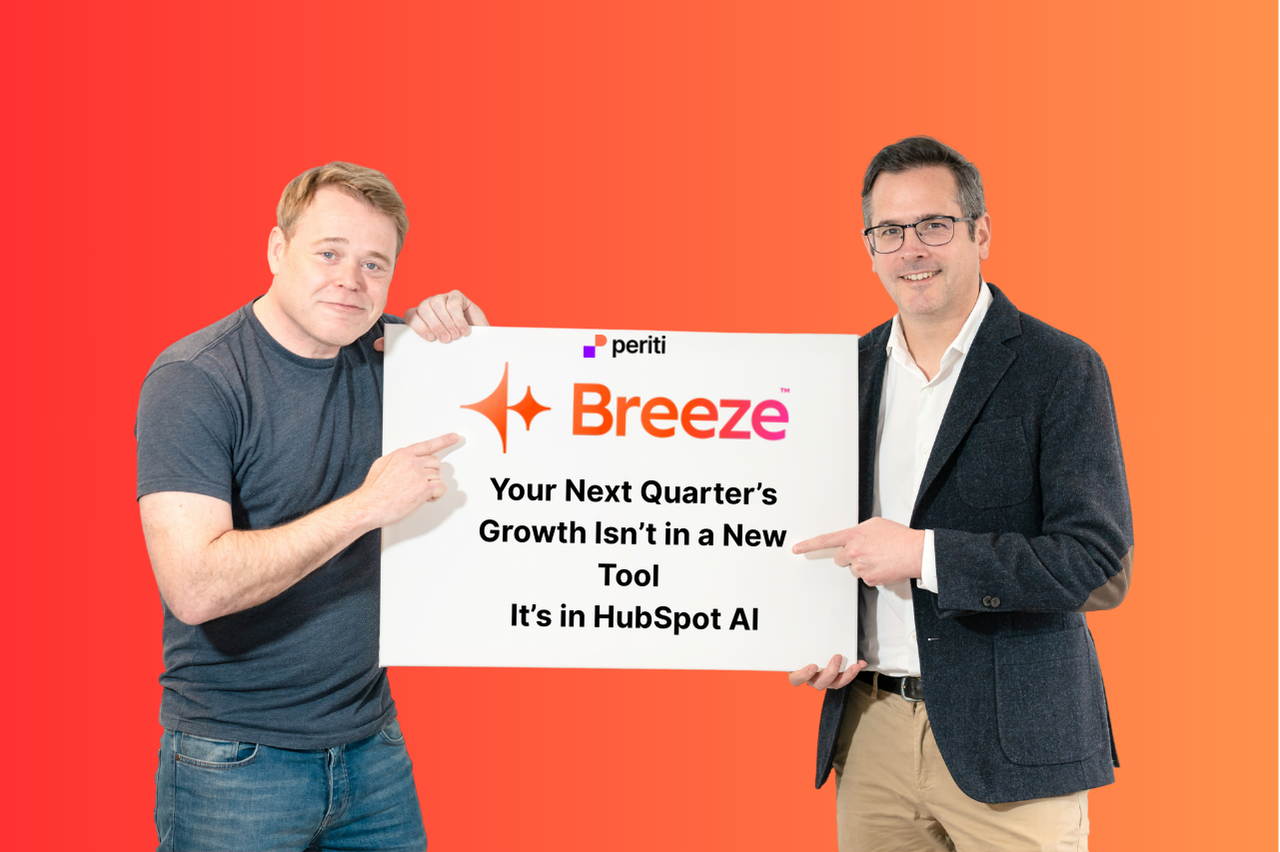2 min read
Ask Breeze – Using artificial intelligence in automated workflows
We’ve done some things with Breeze AI, and this is what works! Today: Ask Breeze – Using artificial intelligence in automated workflows. One...

We Tested Breeze AI’s Form Shortening So You Don’t Have To — Here’s What We Learned
Today: From shortening – Use dynamic forms to make your visitors enter less data
We’re big believers in testing AI tools before recommending them. And as champions of practical AI for business impact, we don’t just talk the talk—we walk it. So when HubSpot released Breeze Intelligence form shortening, we got curious. Could this feature actually improve conversion rates?
We ran a controlled experiment. The results? Let’s just say we learned a lot—especially about when not to use this feature.
HubSpot’s form shortening—powered by Breeze Intelligence—is like progressive profiling, but smarter. Instead of slowly learning about leads across multiple form fills, Breeze uses enrichment data in real time to eliminate unnecessary fields.
Here’s how it works:
The result? A dynamically shortened form experience designed to reduce friction and boost completion rates.
This dynamic process is solely based on the enrichment data available in Breeze Intelligence. This should:
So, when you enter someone@mitsubishi.com, the HubSpot form will only ask the visitor for its email and probably a message field, as there is plenty of data about Mitsubishi in the enrichment data set. That makes sense! This sound great, but it's a paid feature, and HubSpot customers need to buy Breeze Credits for every form submission, so we wanted to see if this is worth the investment.
On paper, this is a dream for marketers: higher conversion rates, cleaner data, and fewer annoyed visitors. But in practice? That depends on your setup—and your audience.
We set up an A/B test on our Contact Us page:
Both variants were shown evenly to site visitors over several weeks. Our hypothesis? The Breeze-powered short form would outperform the regular one by increasing form submissions.
What happened next surprised us.
We expected a modest lift. Instead, we got a crash. 🚨
Form submissions dropped by 79% on the Breeze Intelligence version.
That’s right—our "smart" form converted 4.72x worse than the plain-old regular one. The experiment cost us an estimated $150K in pipeline value before we pulled the plug.
We didn’t take this lightly. In clinical trials, you stop for safety concerns, lack of efficacy, or if the results are so good it’s unethical not to share. This was a clear case of the second category—lack of efficacy.
We dug in. Here’s what we think happened:
While technically functional, the user experience was confusing. Visitors didn’t realize that more fields would appear later—and many simply bounced.
There’s no option (yet) to configure Breeze forms to always show certain fields, like a message box. So even if you want to collect a basic inquiry, the user has to initiate that process by entering their email first—without knowing why they’re doing it. (Note: Similar issues have been highlighted in the HubSpot Community as recently as March, yet the only recommendation given by HubSpot was to “check in with product folks or your HubSpot rep to see if anyone can walk through it as you share your screen to ensure there's nothing incomplete on your end.”)
Breeze Intelligence shortened form (1st view)
If you’re thinking of enabling form shortening, here’s what to consider:
✅ Best for high-volume lead flows: If your form is primarily for downloading gated content or top-of-funnel lead capture, form shortening could streamline the experience and reduce friction.
⚠️ Not great for contact or inquiry forms: If users are trying to ask a question, request a demo, or explain their needs, hiding the message field creates friction - not relief.
❌ Lack of configuration: Until HubSpot allows users to force-display key fields like “Message,” Breeze form shortening may confuse more than it converts.
💰 Breeze Credits required: Each form submission using Breeze Intelligence consumes credits. That means you're paying for the enrichment process - even if it doesn’t result in a lead.
Form shortening is a powerful idea, but it’s not one-size-fits-all. If you're considering Breeze Intelligence to streamline your forms, test carefully and think through the UX.
At Periti, we help B2B teams implement AI tools that actually move the needle. If you're exploring AI-powered features inside HubSpot but aren’t sure how to evaluate or deploy them effectively, we’re here to help.
Let’s talk about what’s working—and what isn’t—in your HubSpot stack.

2 min read
We’ve done some things with Breeze AI, and this is what works! Today: Ask Breeze – Using artificial intelligence in automated workflows. One...

4 min read
TLDR: If you want your HubSpot data to answer your questions like one of your colleagues and accelerate time-to-money, combine Breeze AI with the...

3 min read
TLDR: Activate AI now to avoid falling behind competitors and fully utilize the existing HubSpot investment to boost productivity, scale growth, and...